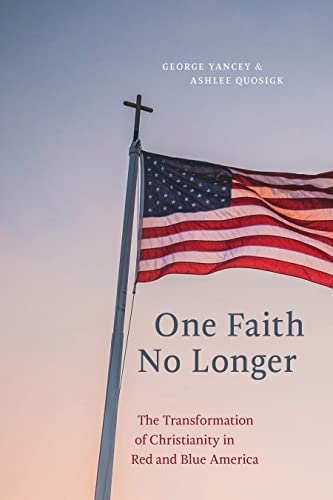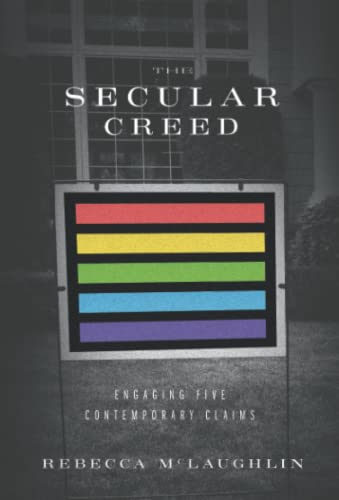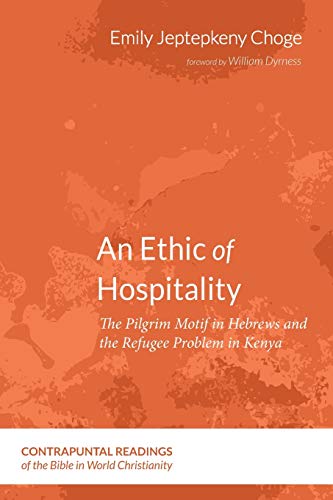T&T Clark Handbook of Septuagint Research
Written by William A. Ross and W. Edward Glenny, eds Reviewed By Kyle YoungWilliam Ross and Ed Glenny present the first topical handbook of Septuagint research to date, harnessing the expertise of twenty-three other scholars. With a wink and nod, the volume— dedicated to “Cantabrigian Septuagintalists” (p. v)—arrived two months before another handbook the editors hinted would “likely appear” (p. xii; cf. pp. 4, 393): The Oxford Handbook of the Septuagint, edited by Alison G. Salvesen and Timothy M. Law (Oxford: Oxford University Press, 2021). Ross and Glenny assume their audience, which includes “specialists and non-specialists” (p. xii), the latter encompassing “graduate students and scholars in parallel fields” (p. 4), has an introductory knowledge of the field. As a state-of-the-art guide to Septuagint research, intended to facilitate readers’ own contributions to the field (p. 1), the volume delivers on its promises.
Following Ross’s introduction (pp. 1–5), the twenty-five chapters of the book are arranged into six sections according to general topic. Within each chapter, the contributors were asked to provide (1) an introduction, (2) perspectives, (3) assets/tools, (4) unanswered questions, and (5) a brief annotated bibliography (pp. 3–4). While every contribution deals expertly with its topic, several chapters stand out for how they advance old questions (esp., those by Aitken, Gentry, Meade, Cox, Kotzé, Boyd-Taylor, and Seleznev), hone methodology (see the entries by Cañas Reíllo, Screnock, and Glenny), or chart new territory (for example, contributions by Myers, Fresch, and Mandelbrote). I anticipate that even specialists will find the glossary (pp. 397–406) and Brown Jones’s literature survey (pp. 381–96) valuable.
Additional dilemmas in the field become apparent when one looks beyond the ongoing questions discussed within discrete topic boundaries. I highlight five.
First, some like Bons (pp. 95–98, 107–8) and Screnock (p. 143) emphasize significant differences between the Hebrew and Greek languages, but Fresh (p. 90 n. 18) believes the discontinuity between them is overplayed. This has a bearing on how one conceptualizes the Greek in the LXX/OG, not to mention Koine at large, as either sub-par or natural (cf. Ross, Hiebert, and Porter).
Second, although Wright cautiously (pp. 232–38) and Gallagher more willingly (p. 265) seek to infer the status of texts based on how they are used, Meade hesitates to do so (pp. 218–23). The inferences one makes based on such evaluations can have an important bearing on how one views the origins and status of the Greek translations (cf. Aitken).
Third, while Gallagher urges Protestants to reappraise the authority of Greek Scriptures (p. 265), Seleznev encourages the Eastern Orthodox to re-evaluate the authority of the Hebrew MT (p. 296). Porter argues idiosyncratically that the NT authors and the early Orthodox churches saw both languages and text-groups as having (a functionally?) canonical status (pp. 373–75), while Meade contends that from the earliest era, the scope of the Christian OT has generally overlapped with the Tanakh and presupposed the Hebrew’s authority (throughout ch. 14). Those interested in the scope/language of canonical Christian Scripture will want to read these authors.
Fourth, major disagreements exist over the place of theory in LXX research, especially in relation to translation. Aiken critiques the felt need to espouse a theory in research (pp. 18–19), while Dhont says methodology (p. 23)—by which she means Translation Studies, especially but not limited to Gideon Toury’s approach (cf. pp. 23–25, 31–32)—is necessary; Hiebert (pp. 349–59) and Porter (p. 369 n. 17; cf. pp. 377, 368 n. 15) also emphasize the need for translation theory. In this connection, I would want to distinguish between a theory or paradigm versus a conscious methodology.
Fifth, Ross rightly remarks that the differentiating consideration behind modern LXX/OG translations is the extent to which one thinks the Greek translations were originally intended to be dependent upon their Vorlagen, and that this consideration reflects upon competing perspectives in the field (pp. 330–32; cf. 332–35, esp. p. 334 nn. 7–8). Much of this revolves around the interlinear paradigm (IP). Cameron Boyd-Taylor’s Reading between the Lines: The Interlinear Paradigm for Septuagint Studies, BTS 8 (Leuven: Peeters, 2011) most fully articulates the IP while critiquing its earlier iterations. Yet explicit critiques of the IP here (Pouchelle, pp. 70–71; Fresch, pp. 84–85; Bons, pp. 96–97) do not account for Boyd-Taylor, whom Porter alone mentions by dismissing him in a footnote (p. 365 n. 7). Otherwise, Hiebert (throughout) and Wright (pp. 240–41) espouse the IP enthusiastically. Someone needs to appraise the IP—including Boyd-Taylor—comprehensively and appreciatively if we are ever to bypass this now-stifling stalemate.
As for shortcomings, two lacunae stand out: the absence of (1) guidance on how to use documentary papyri and inscriptional evidence, given the great emphasis placed upon this throughout, and (2) research comparing Greek translations and other ancient language translations. There are also formatting problems with emphasis in special characters (e.g., “wāw,” passim; “tôlədōt,” p. 81), titles (e.g., pp. 162, 247, 251), and foreign languages (e.g., pp. 40, 198, 329; cf. esp. pp. 381–95), once making the difference between a typo and Latin: “variatio” (p. 73; cf. also “emphasis added” without emphasis given; pp. 40, 46, 244). Until chapter 11, third-level subheadings are poorly demarcated (cf. the glossary, pp. 397–406). Hopefully, these oddities are limited to the PDF version; I did not receive a hardcopy because of restrictions due to COVID-19.
Ross and Glenny have provided a resource that should serve specialists and students well in the coming years. Hopefully, their enchiridion will provoke answers to the questions this excellent volume raises.
Kyle Young
Kyle Young
Trinity College Dublin
Dublin, Ireland
Other Articles in this Issue
In the book of Kings, Elisha is the Spirit-empowered man of God who walks with God, represents God, and shows the way to covenant faithfulness through word and deed...
Baptists provide an excellent window into the American identity during the antebellum period...
This article explores Colossians, a letter in which Paul says a considerable amount about work...
This article offers a reading of Nicholas Wolterstorff’s objections to the doctrine of divine simplicity, which has seen a kind of rebirth amongst both Catholic and Protestant theologians in recent decades...
The Targums were not translations for the Aramaic-speaking masses who were ignorant of Hebrew...







